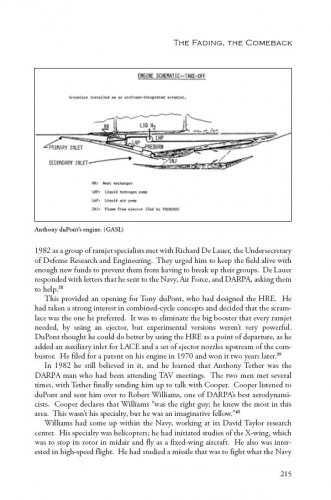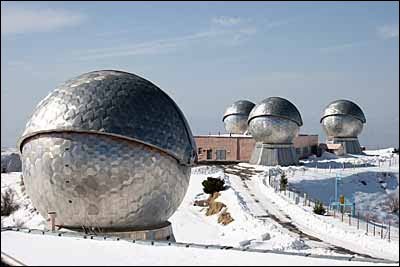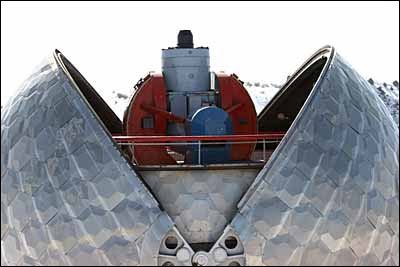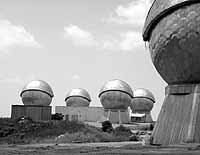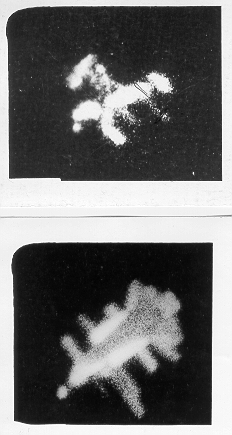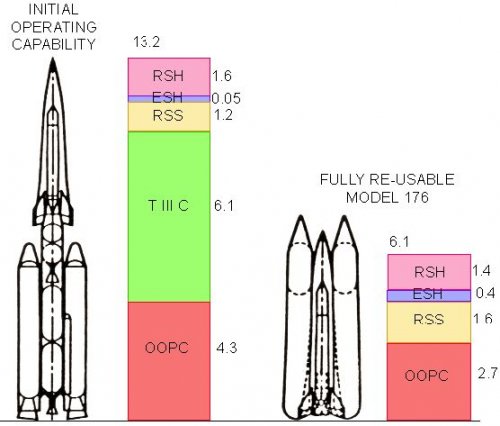KJ_Lesnick
ACCESS: Top Secret
- Joined
- 13 February 2008
- Messages
- 1,042
- Reaction score
- 104
Lee said:I would agree, particularly for that time period.
However, as a point of discussion, a design similar to the Marquardt unit could have been installed in the GTX SSTO and the H2/O2 fuel/oxidizer weight possibly increased instead of scramjets. I think the SERJ was at least as good as any scramjet.
The SERJ could work as a ramjet and a scramjet right? (It's been awhile since I read and responded to this post -- weird though, I normally have a photographic memory)
Sure. You have logic. But that's not what the Govt wanted with the 60's SST. The design could have been perfected on a smaller scale or disproven then with less cost. They didn't think of that then, though.
Wow, that's such a simple strategy though. Start small test, if works go bigger, if works go bigger yet, if that works and money available, build a prototype...
I think using fixed geometry ramps are cheaper if one resets them after each test. The ultimate idea, I believe, is to test a prototype flight computer by having it go through different speeds and altitudes to test the whole air intake system as well as overall engine performance.
I'd rather a fixed inlet that works efficiently than a really overly complicated variable geometry piece. (Unless that VG piece had performance capabilities that could not be achieved any other way) Simple is better than complex within reason.
Kendra


